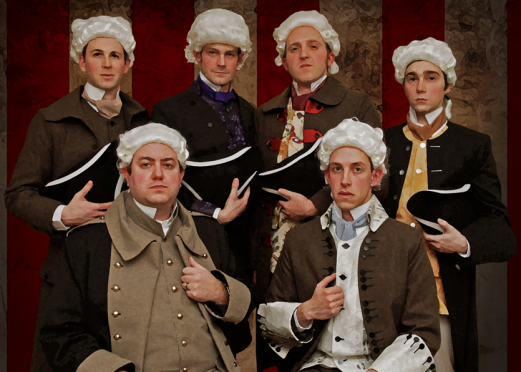
Image Credit: I Made America
When in the course of human events it becomes necessary for one person to distract herself from work, Facebook provides. Through the The Second City Network I found a video entitled “Founding Fathers History Pick-Up Lines.” Clearly, I couldn’t resist. I was deeply amused to watch Benjamin Franklin, Alexander Hamilton, Thomas Jefferson, James Madison, George Washington, and John Adams seduce modern women with such lines as “It’s not the Louisiana Purchase, but it will double in size,” “Never leave for tomorrow what you can screw today,” and “I take the virgin out of Virginia.” The full video below features many more salacious lines, some of which might not be SFW:
Recent comments
2 years 29 weeks ago
2 years 44 weeks ago
2 years 44 weeks ago
2 years 50 weeks ago
3 years 4 weeks ago
3 years 4 weeks ago
3 years 4 weeks ago
3 years 6 weeks ago
3 years 6 weeks ago
3 years 6 weeks ago